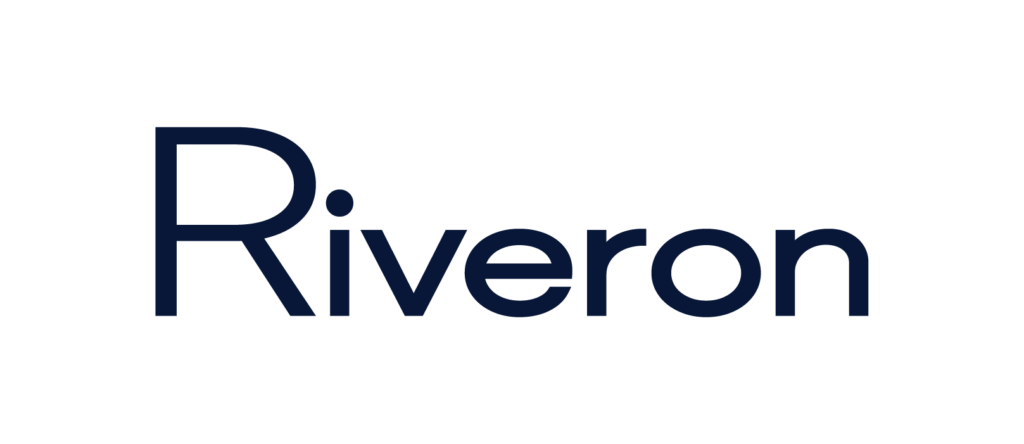Navigating the Art of the Exit: Readiness Lessons From Our Event at Nasdaq
/Passle/66b0e16610008cf7be5e944d/MediaLibrary/Images/2025-10-28-15-43-16-380-6900e494d509f987f3f2a71f.jpg)
For private companies interested in an IPO or another suitable path to realizing value, Riveron recently hosted an event at Nasdaq in Times Square with Latham & Watkins and Goldman Sachs on running a dual-track process, which allows leaders to maintain flexibility in selecting the most value-maximizing exit.
The event focused on a question every board and management team is debating: what’s the best path to liquidity: a private sale to a sponsor, a strategic exit, or an IPO? We structured the conversation around four segments: current market conditions, running a dual-track process, executing a private sale, and preparing for an IPO. Below are key takeaways from the speakers on stage and conversations with attendees.
1) The market backdrop: Cautious doors are open
Markets are now embracing IPOs across a wider range of sizes compared to recent years. After an extended period when the window was effectively shut off—first following tariff headlines and now with government funding noise—there is real conviction building for public exits, supported by a healthy pipeline.
That said, processes are taking longer, and companies are staying private longer. The implication for leadership teams is simple: add time to your critical path. If you think something might take 90 days, assume it will really take 120. If you think your data is ready, assume it isn’t—yet.
What this means for your company:
Treat timing as a risk you can actively manage, not just endure.
Build optionality into your plan (more on dual-track below).
Start workstreams earlier than it feels comfortable—especially data readiness and audit readiness efforts.
2) Dual-track done right: It’s about real competitive tension
Dual-track only works if it’s credible. The point isn’t to “shop” a company around; it’s to create genuine competitive tension among sponsors, strategics, and the public markets. That tension compresses timelines, improves terms, and gives you leverage when surprises emerge late in diligence or in the S-1 process. A dual-track process requires a lot of resources, so it may not be right for everyone.
Practical cues of a credible dual-track approach:
Aligned messaging and metrics across both tracks (avoiding two versions of the truth)
Committed internal owners for each track who coordinate frequently
Visible external signals (bank syndicate engagement, buyer outreach cadence) that show each option is real, not theoretical
Board clarity on decision criteria so you can pivot quickly when one path outperforms
3) Sale processes today: More buyers, alternative capital sources, same fundamentals
We’re seeing a wave of vintage (from 2020 or 2021) sponsor assets now looking for exits. The headline could suggest buyer fatigue, but that’s not what we’re observing. There is new capital entering the market, and many groups are taking a fresh look at these assets with different underwriting—particularly around profitability, cash conversion, and durable growth.
The buyer universe is broader than it was a few years ago. In addition to traditional sponsors and strategics, we’re seeing continuation vehicles and other alternative structures play a larger role. That breadth can be an advantage—but only if your story and data can flex to different lenses.
What an optimized sale process looks like now:
The clock begins the day you buy the asset, with value-creation levers identified early, tracked rigorously, and translated into proof (cohort economics, pricing actions, mix effects, and unit cost trajectories)
You know exactly what you are solving for—speed, headline valuation, certainty, or structure—and rank these priorities ahead of time
Stakeholder alignment is explicit and maintained, which means management, sponsor(s), and key external advisors are clear on goals and trade-offs
Proactive regulatory planning is key if a strategic buyer is involved: HSR review is indeed easier under the current administration than it was, but it is not easy, so build room for questions, second requests, and remedies
Face the reality that your data is usually not as good as you think it is, so start early to establish a clean room, data book, KPI definitions, and tie-outs, knowing that slippage here is the number one deal killer because it affects timeline and trust
4) IPOs: Focus where it counts
IPO checklists are long; capacity is finite. If you try to do everything at once, you’ll do nothing well. Two areas belong at the very top of the list:
Finance and accounting readiness: close discipline, revenue recognition, segment reporting, KPIs with audit-defensible definitions, and controls that work under public-company scrutiny.
Structuring: choose the right entity and tax structure early; it’s painful to re-paper late.
Equally important is leadership. Appoint a clear internal champion for the IPO process. In many companies that’s the CFO. In others, it may be a dedicated program leader so the CFO can stay focused on running the business. Either way, the Champion must have authority to resolve cross-functional issues quickly.
There are no shortcuts, but here's how leaders can streamline IPO readiness:
Build the “investor version” of your operating cadence (such as board packages, earnings-quality views, and KPI dashboards) months before you file.
Socialize the equity story with long-only investors via testing-the-waters (where permitted) to pressure-test durability and differentiation.
Ensure your structuring choices (primary versus secondary, over-allotment mix, and lock-up terms) support your objectives related to liquidity and aftermarket performance.
Draft the MD&A earlier than you think; it forces alignment on narrative and metrics.
Common threads across all exit paths
For private companies planning a successful exit, a few themes cut across sale and IPO outcomes:
Start early, especially regarding data. Your company's data is always messier than it looks from the C-suite. Invest in the data book, KPI dictionary, and reconciliation workstreams now; they'll pay off in credibility later.
Clarity beats optionality when the moment comes. Use dual-track to build leverage, then choose decisively when one path is clearly superior on your ranked criteria.
Stakeholder alignment compounds. Avoid last-minute resets by reconfirming objectives at each gate, including LOIs, go/no-go on the S-1, and HSR milestones.
Timeline discipline. Today’s market rewards preparation and penalizes drift. The teams that lock scope, manage gates, and communicate decisions win.
Looking ahead
We’re in a market that rewards readiness and realism. IPOs are back on the table across a broader size range, and the private buyer universe is deeper and more creative than the headlines suggest. But none of these paths are “easy buttons.” The competitive edge will go to teams that start earlier than their peers, confront data quality head-on, and run crisp processes that maintain real competitive tension.
If you’re considering your next step—whether it's a sponsor sale, strategic combination, or IPO—the right choice will be the one your preparation makes possible. Begin now.
A dual-track strategy demands careful planning and targeted expertise. Riveron delivers integrated solutions for elevating performance, executing complex transactions, and maximizing exit value. Explore how our professionals provide sell-side readiness, capital markets advisory, and investor relations expertise to ensure your company achieves optimal outcomes. Connect with us to learn more.

